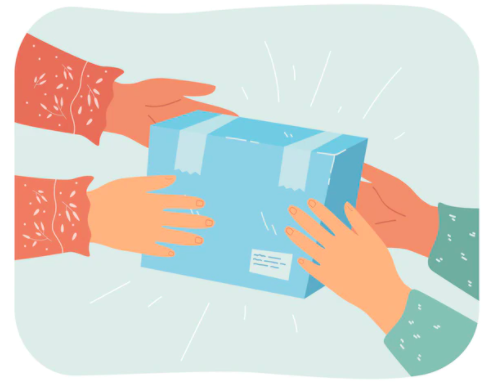Your language teaching mission, should you choose to accept it, is to use the “What is it?” improv game to improve vocabulary and/or target grammatical structures.
This is a similar game to another improv grammar game: “What are you doing?” but it involves props and less physicality from students.
Source: FreePik
Materials needed: a variety of regular items (or irregular if you have them) that are different in shape and size. I can usually find everything I need in my classroom for a quick round (such as a stapler, a scarf, a pencil, and a hat), but if you play this multiple times you might need to start bringing in some truly unusual stuff to keep the students on their toes!
This game was mentioned as an example of the “awareness raising phase” in Even’s (2004) Drama Grammar method, but it’s also a well-known warm-up game. The way it is played is that the class sits in a circle and an object is passed around while students ask each other “what is it?” and are given an answer by another student. The only wrong answers are to correctly identify the object or repeat what someone else has said. So, for example, if a scarf is being passed around, student B will ask student A “what is that?” and student A will say “this is my pet snake” and pass the scarf to student B. Then student C will ask student B “what is that?” and student B will respond “a magical flying carpet” and pass it to student C, etc. After students get comfortable with the game, you can introduce a more physical element by having them interact with the object (i.e. make the scarf wiggle and hiss for “a snake” or ride on it for “a magic flying carpet”). Change out the object once it’s gone around the circle or all options have been exhausted.
This activity can be used as a fun way to start off the class and/or have students dig deep for vocabulary. It can also be used for targeted grammar instruction. For example, how to differentiate between this/that, how to ask questions, or how to use the conditional when being polite (i.e., polite ways to retrieve the object from the previous person with phrases like “could you please pass that to me…?” or “would you be so kind as to give me that…?”)
Adaptations:
When the student identifies the object, have the rest of the class repeat it back in chorus (i.e. Student A: “This is a snake”, the whole class: “That is a snake”).
Have multiple items going around at once so everyone stays engaged! Or break into smaller groups, each with their own object which they then pass on to the next group when they’ve done one or two rounds.
Allow students to use a dictionary or translator. Since they may be using unfamiliar vocabulary, the teacher or another student can write the new words on the board… and then use that new vocabulary as prompts for an improv free scene!
For more advanced learners, add layers of complexity to the answers, such as adjectives. Thus, it’s not just a snake, it’s “my pet snake” or “a small snake” or “a sneaky snake”.
For students that may be unsure, start with a whole-class brainstorm using a sample object. Students will see that they can transform the object into anything they want and there are no wrong answers. Alternatively, show students the object you will use and then give students a few minutes thinking and discussion time to decide what they will present it as (have them come up with at least one alternative in case someone takes their answer!)
How do you use this game in your classroom? Feel free to share in the comments!



















